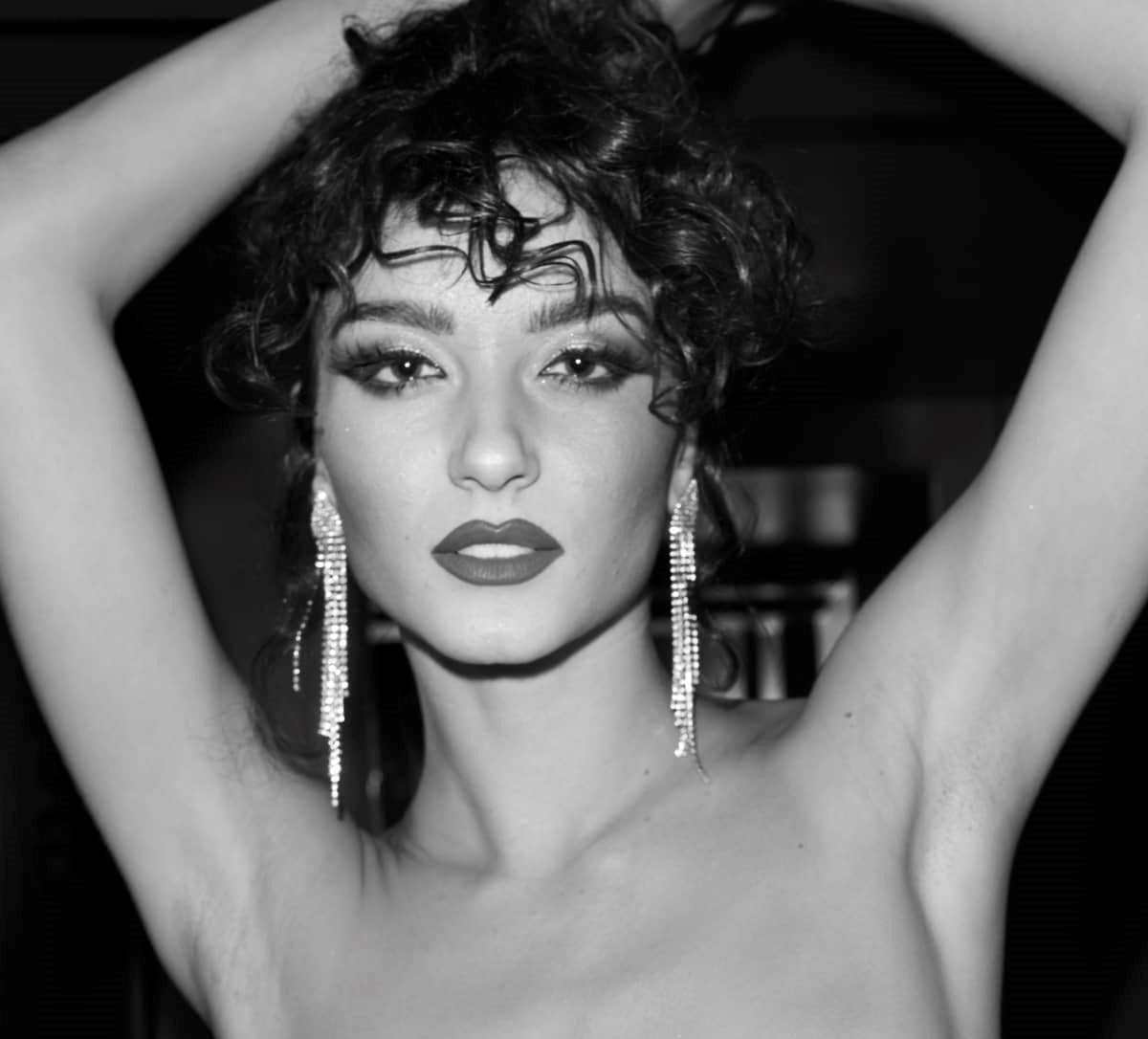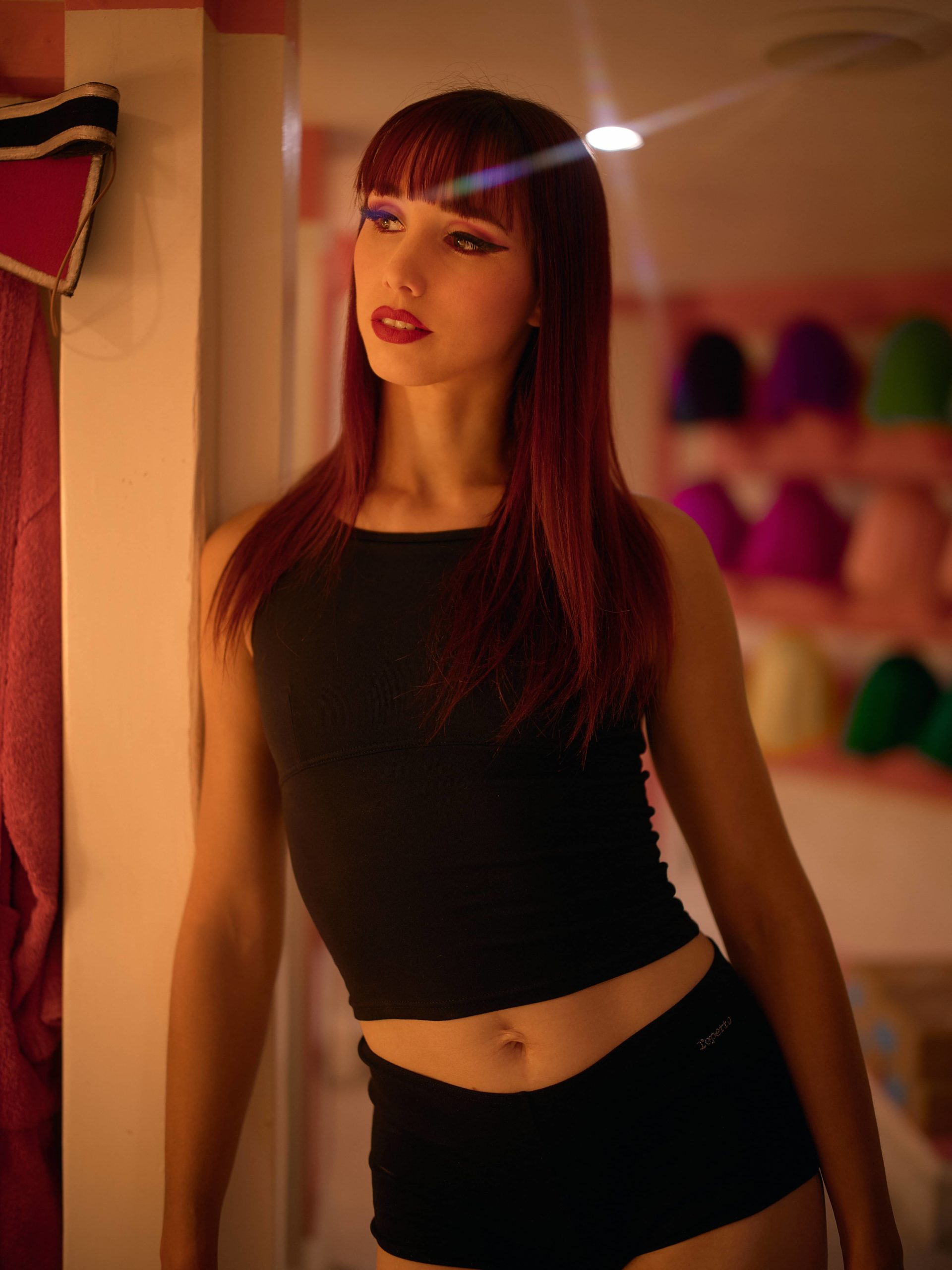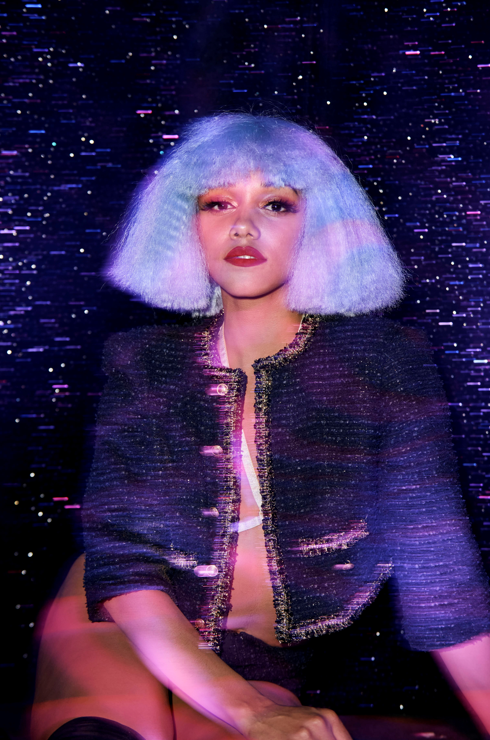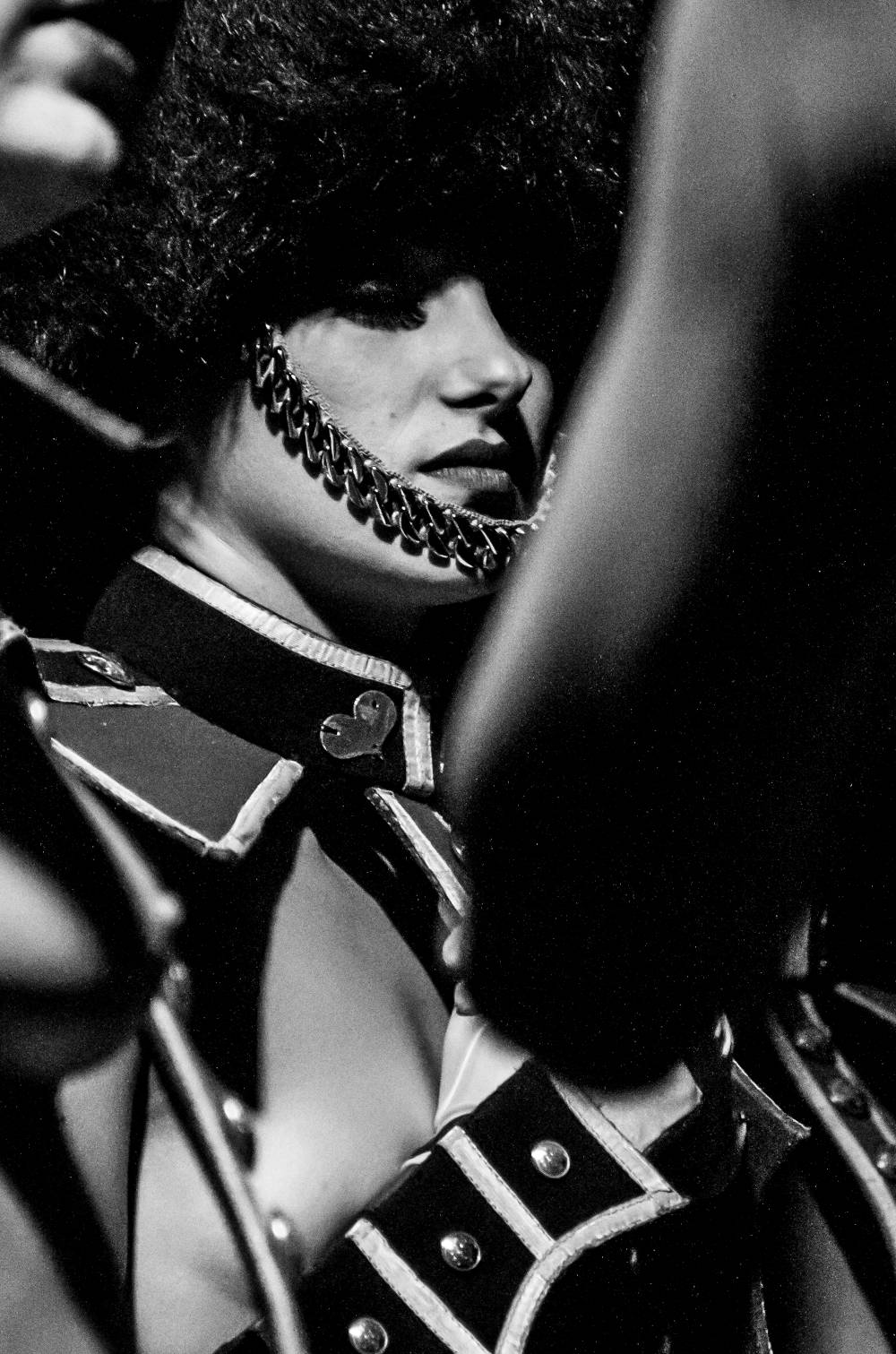PARMA




When and how did you get into dancing?
I started dancing when I was 11. I couldn’t see myself in a tutu, so I naturally turned towards modern jazz and contemporary, rather than classical dancing. I knew right away that I wanted to become a professional dancer, which my father wasn’t too happy about, having raised me on his own and being very protective of me. My dance professor was like a second mother to me. She encouraged me to follow my intuition. One day she left for Paris. When she got back, she came back with something of an eye-opener: “You are made for the Crazy!” First I told her that I thought she’d lost it, but agreed to audition anyway and then my life changed forever.
What vision of femininity do you represent when you’re dancing on the Crazy Horse stage?
In everyday life I can at first seem rather distant and cold. Then, when first impressions have faded, people discover that I’m actually a very warm-hearted person. That’s also what transpires on the Crazy Horse stage: Gloria di Parma as this mix of hot and cold, a mysterious woman, sensual and self-assured who decides when and how to break the ice and let her charming side show.
What do enjoy most about your job/passion?
My trade brings me a lot of well-being and confidence. When I dance, it’s my time, my moment. When I’m on stage, I deeply feel that I am exactly there where I should be.
Something “Crazy” and something not so?
Normal is boring, Crazy is fun !
What makes the Crazy Horse such a magical place, even after over sixty years?
What makes Crazy Horse Paris so magical for all these years is the fact that it’s never stopped! Even though it’s very attached to its history and legacy, the Crazy Horse is a firmly rooted in our contemporary world and continues to renew itself time and again. Andrée Deissenberg skillfully and masterfully maintains this delicate balance. All this pervasive energy breathges a truly creative mindsight into the heart of Crazy Horse Paris. Each and every one of us feels very much a part of the creative process and really wants to be a part of it.
How do you prepare for a solo performance at the Crazy Horse ?
At Crazy Horse Paris we don’t learn the choreographies by heart. For example, when I started working on the Good Girl solo, I’d already seen the number performed a thousand times. Sveltlana Konstantinova, the stage and production manager at the Crazy Horse, put on the music and said: “Dance! Do as you see fit!” So I danced. We integrated everything that comes natural to me, the way I move, and added it the choreography. There are just a few key positions that are the same for everyone and that make up the act’s identity, but the rest depends on who’s performing it. That creates a contrast between the group scenes, where everything needs to be very precise and coordinated and a solo performance, which varies depending on who’s dancing it.
Does creating fantasy require very strong discipline?
Absolutely! I’ve always gone about things in a very methodical way, especially when dancing. As I move forward in life, I try to let go a little more, but I have to admit, that I sometimes need to be totally in control of the situation, allows me to feel good. So that my work constantly improves, I reflect and rehearse a great deal.
An accomplishment you’re proud of?
No doubt my audition to get into Crazy Horse Paris! It was a time in my life I was taking up quite a few new challenges. I moved to Paris alone, not knowing the language or the city. Without anyone’s help, I managed to get an apartment. When I came here, I became an independant woman, free to speak my mind. I became myself.
Is a Crazy Girl just like any other woman?
No woman is like another, so, a Crazy Girl is even less so!
Which scene of the Totally Crazy! show do you think is the most amazing?
Crisis? What Crisis !?!, the number created by Philippe Decouflé in 2008 during the subprime mortgage crisis. That was my first solo performance. When it was given to me, I thought: “This isn’t me, there’s got to be a mistake!” I’d seen it performed by another dancer with a very strong personality. But then, when I started working on the number, I discovered other parts of my personality that I hadn’t been aware of like my femininity and my sensuality. It wasn’t always easy. In this number, the stripping is technically demanding. At first everything kept getting stuck, the garter belts, the stockings, the shirt. At some point I just told myself: “Whatever the problem, I’ll be able to manage it!” Performing this solo gave me confidence on stage and in real life. I was simply ready for it!
Photos : Riccardo Tinelli, Alberto Baracchini, Rémi Desclaux


























